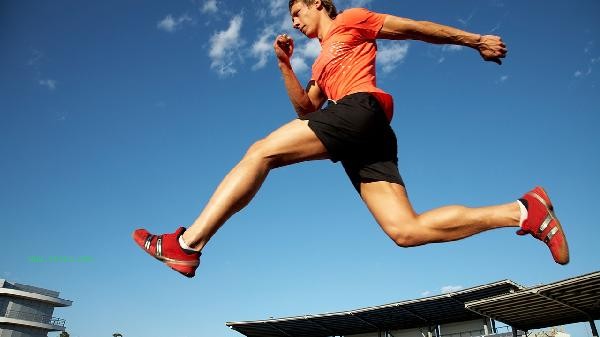The normal heart rate during human running is generally 60% to 80% of the maximum heart rate, and the specific value is affected by factors such as age, exercise intensity, and physical fitness level. The maximum heart rate can be estimated by subtracting age from 220, and it is recommended for healthy adults to maintain a heart rate in the range of 120 to 160 beats per minute while running.

1. Age factor
Age is a key variable that affects running heart rate. The young population has a high basal metabolic rate and a low resting heart rate, with a large room for heart rate increase during exercise. For the 30-year-old population, a heart rate of up to 150 beats per minute during running is still within a safe range. Due to natural decline in cardiovascular function, the heart rate of middle-aged and elderly people increases more significantly under the same intensity of exercise. For the 60 year old population, it is recommended to control the exercise heart rate within 140 beats per minute.
2. Exercise intensity
During low-intensity jogging, the heart rate is usually maintained at around 60% of the maximum heart rate, and breathing is stable and normal conversation is possible. When running at moderate intensity, the heart rate rises to the range of 70% to 80%, and there may be slight wheezing but sustained exercise. During high-intensity interval training, the heart rate may briefly exceed 85%, but the duration needs to be strictly controlled to avoid heart overload.
3. Differences in physical fitness
Long term exercisers have strong myocardial contractility, with a resting heart rate often below 60 beats per minute, and a gradual increase in heart rate during exercise. Untrained individuals have higher resting heart rates and are more likely to experience rapid increases in heart rate at the same pace. Novice runners should monitor their heart rate in real-time through a heart rate monitor or smartwatch to avoid the dangerous threshold of heart rate continuously exceeding 180 beats per minute.

4. environmental Temperature
When running in a high temperature environment, the human body's heat dissipation can cause skin blood vessels to dilate, leading to a compensatory increase in heart rate of 10 to 20 beats per minute. Cold weather may cause vasoconstriction, but heart rate changes are relatively gentle after exercise generates heat. When the humidity exceeds 70%, the perceived temperature increases, which also accelerates the increase in heart rate.
5. Individual Differences
Genetic factors determine a basal heart rate difference of up to 15 beats per minute. Women typically have a resting heart rate 5 to 10 times higher than men due to their smaller heart volume. hyperthyroidism patients and anemic individuals have a significant increase in heart rate during exercise, and should adjust their exercise plan according to medical advice. Individuals taking beta blockers and other medications should pay special attention to abnormal fluctuations in heart rate.

When running, choose breathable and sweat wicking sportswear to avoid intense exercise during the high temperature period at noon. Novice runners can control their heart rate by alternating running and walking, while advanced runners can improve their cardiovascular function through interval training. Perform dynamic stretching before and after exercise, and immediately stop exercising if discomfort such as chest tightness or dizziness occurs. Regular electrocardiogram examinations are necessary, especially for individuals with a history of cardiovascular disease who need to establish a personal heart rate profile.






Comments (0)
Leave a Comment
No comments yet
Be the first to share your thoughts!